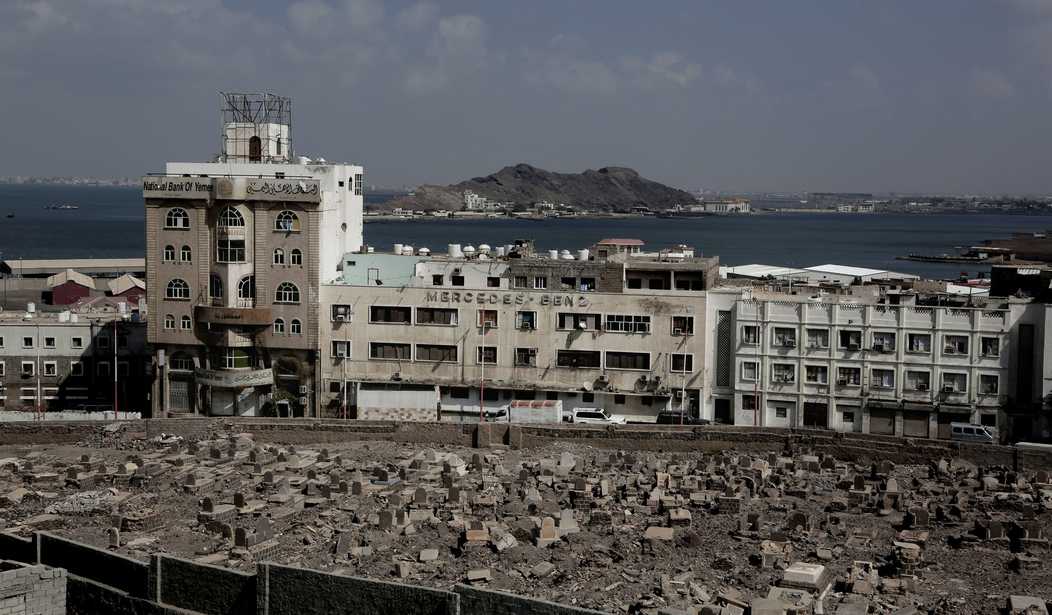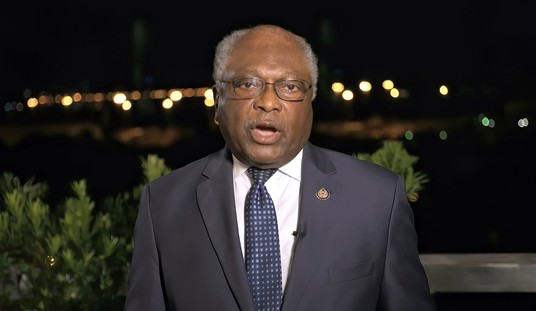In fractious Yemen's swirl of tribal, sectarian and proxy wars, two conflicts stand out: America's drone and special operations war on al-Qaida in the Arabian Peninsula bases and personnel; and the much larger ethnic-sectarian war pitting Sunni Muslim Saudi Arabia's coalition against Shia Iran's Houthis rebel proxy army. The Houthis belong to the Zaidi sect of Shia Islam (Zaidism).
The U.S. counter-terror war began in 2001. The Arab-Iranian (Aryan) war for the Persian Gulf and adjacent areas may have begun in 1000 BC, give or take.
In the 21st century, Saudi Arabia and Iran pursue this rivalry in wretched Yemen.
Blame Tehran. Legitimate issues with the Sanaa government sparked the Houthis insurgency in 2004. Iran, however, saw the Shia connection as a way threaten the Saudi kingdom's Yemeni backdoor. At the Persian Gulf front door, Iran is weak. It confronts the U.S. Navy and Gulf Arab naval and air forces.
With reliable weapons and ammunition supplies, the northern-based Houthis might topple Yemen's crooked government in Sanaa. With Iranian money and advice, the Houthis might become Yemen's political kingmakers, a role Iran's Lebanese Hezbollah proxies play in Lebanon.
Tehran's propagandists could influence the Houthis' already eclectic political agenda. Over time, the Houthis would become a reliable Iranian proxy army capable of threatening western Saudi Arabia, like Lebanese Hezbollah threatens Israel. Saudi Arabia would have to defend a land frontier. Iran would have leaped the Persian Gulf moat.
In November 2014, the Houthis seized Hodeida, Yemen's primary Red Sea port and second largest city. Hodeida is northern Yemen's most critical logistics resource. In January 2015, Houthis fighters took Sanaa, and a month later overthrew Yemeni president Abd-Rabbu Mansour Hadi. Think logistics: Iran agreed to help the rebels upgrade Hodeida.
Recommended
The Saudis, however, did not wait for the Houthis threat to metastasize into another Hezbollah. In late March 2015, a Saudi-led coalition of Arab states intervened on behalf of Hadi's government. The Arab force included a mechanized infantry brigade.
Since 2015, Saudi and United Arab Emirate-led combat forces have moved slowly north and west from southern and central Yemen, moving toward Sanaa and Hodeida. The Saudi Air Force and coalition aircraft have supported the ground actions; they have also attacked Houthis targets throughout the country, with special attention to warehouses and weapons laagers.
In 2015, Iran responded to coalition air strikes by attacking Saudi cities with ballistic missiles fired from launch sites in Yemen. Iranian special operations soldiers and their Houthis proxies serve as missile crews. The most threatening have been intercepted by U.S.-made Patriot anti-ballistic missiles. Since 2015, the Houthis have fired an estimated 120 missiles, most aimed at targets in Saudi territory.
The coalition also organized and international naval blockade to interdict Iranian supplies. The blockade has had some success. However, smuggled Iranian military supplies have kept Houthis fighters in the field -- and major weapons and material deliveries typically arrive by sea.
Which takes us back to Hodeida. Coalition forces approached the city's outskirts in force on June 12. Shortly thereafter, they seized the airport. When coalition forces probed the city center late last week, Houthis occupied fortified positions. The coalition said it wanted to avoid house to house fighting. The seaport is the primary transshipment point for humanitarian aid entering Yemen. Some eight million Yemenis rely on food aid to survive.
The Houthis and Saudis have held episodic negotiations. Hodeida is a bargaining chip. UN officials are willing to assume responsibility for port operations. The Houthis could surrender the port for future political considerations.
The battle for Hodeida isn't over -- no negotiated deal has emerged. However, Iran has already suffered a defeat. The coalition has effectively isolated the city and has de facto control of major shipments through the seaport. This complicates Iran's already intricate (and risky) smuggling operations along Yemen's northern Red Sea coast.
Moreover, the Houthis know Iran has suffered a defeat, militarily and politically. Saudi Arabia has won a victory, and the Saudis have lots money.

























Join the conversation as a VIP Member